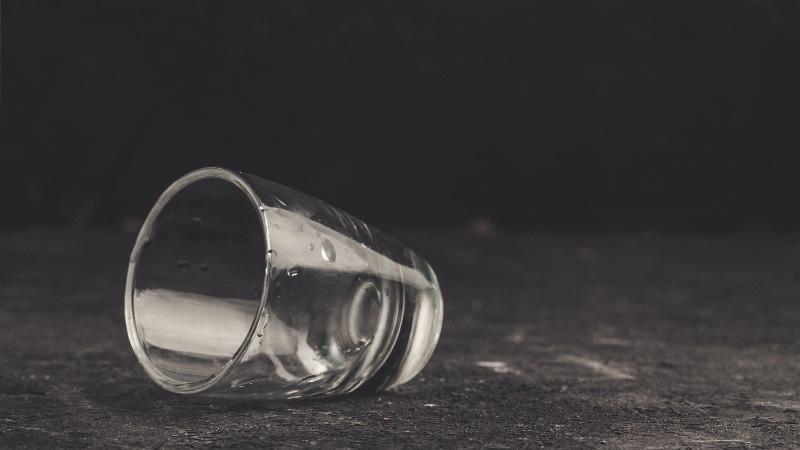Dr Vinood Patel, Reader in Clinical Biochemistry, wrote an article for The Conversation about why alcohol and cocaine are such a dangerous combination.

In the article, Dr Patel says that cocaine use is on the rise with a 30 per cent increase from 2009 to 2016 and around 2.3 million young adults in Europe have used the drug in the last year.
He also spoke about how the drug works affects the brain and said: “Cocaine affects the brain by increasing the amount of a chemical called dopamine, which causes a person to feel euphoric, have more energy and feel more confident.”
Discussing why people tend to mix cocaine and alcohol, he said: “This is in part because of the opposing physiological effects of each drug. Cocaine can increase anxiety, whereas alcohol acts as a depressant, which relieves anxiety.”
However, he warns that an unknown consequence for many users is that combining the two is cardiotoxic. He added: “When cocaine is taken, the liver produces a new by-product called cocaethylene. It is thought that about 20 per cent of the cocaine that is consumed is turned into this new chemical. It also remains in the blood circulation three to five times longer than cocaine.
"Cocaethylene has considerably greater potency than cocaine, increasing the heart rate and blood pressure, which can lead to increased risk of stroke, arrhythmia and heart attack."


